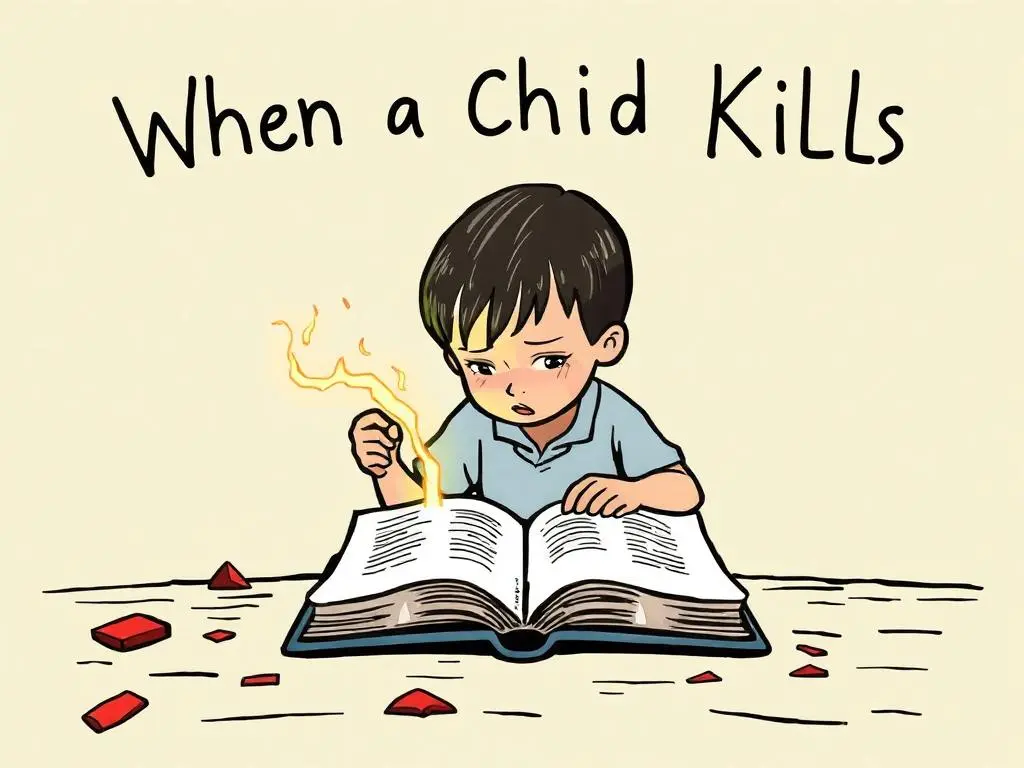Going Places: An Anonymous Gossip Cartoonist With Buzz

I remember 12 as a particularly stressful age. My family had recently moved to England, and for a time I was the center of attention, asked to repeat things in my “funny accent” and regale everyone with what was happening in American television. I simultaneously loved it and desperately wanted it to stop — one wrong move and they could all turn on me. It was a relief when they got used to my pronunciation of “aluminum” and I could quit performing.
Henry Khoo in Remy Lai’s FLY ON THE WALL (Holt, 336 pp., $16.99; ages 8 to 12) has the opposite problem. Quiet and odd, he is adrift and invisible at school. So invisible, in fact, that he’s able to eavesdrop on everyone and craft the stories he hears into a vicious little webcomic drawn by his alter ego, Fly on the Wall. From the principal who doesn’t wash his hands after using the bathroom (scandalous in this day and age) to a student rumored to have body odor, Henry skewers them all. Even his former best (and only) friend, Phoebe, who stabbed him in the back for mysterious reasons. No one is safe from Fly on the Wall.
While Henry is invisible at school, at home he’s anything but. He has a “helicopter” family, choosing his clothes, picking his after-school activities, making sure there’s no trace of shellfish in his pizza. With so much suffocating attention, Henry is left gasping for air. So he decides to declare his independence in an unexpected way — by running away to Singapore.
OK, that’s overly dramatic. The flight from Australia to Singapore isn’t all that long. And his dad lives there. But it’s still alarming and exciting to see a child navigating international travel — in secret, no less. The author goes to great pains to make sure we know this is all legal and aboveboard, and Henry fastidiously pays his mom back after borrowing her credit card. But he’s being pretty darn bold.
Lai’s bright, funny storytelling — in a cross between a comic and an illustrated chapter book — moves fluidly between prose and pictures, and sometimes slips into poetry (Henry writes a hilarious ode to his first armpit hair). Even the comics are done in multiple styles. When Henry is Fly on the Wall he draws in the style of his favorite manga to disguise his identity (no small feat). Restless and searching, he jumps between personas on the page.
Henry contains multitudes: observant scientist, lab rat, wuxia disciple, weird poodle, even a helipad. At one point Lai draws him morphing into various combinations of the other kids at school, trying to find a perfect personality that will get Phoebe to like him again. This is exactly how I remember 12 feeling. Your identity is unformed and you’re constantly trying on pieces of other people’s, looking for something that fits, that will get you some little shred of acceptance.
I liked and related to Henry, but as a narrator he’s flawed and a bit unreliable. Henry doesn’t tell us everything all at once — he wants to present himself in a positive light. Over the course of the book, we piece together the mystery of what led to his falling-out with Phoebe, and his relationship with his nemesis, Tim. As we gradually learn what happened, and as Henry experiences more of the world outside his overparented bubble, we see the perils of such a narrow view. Henry is not very aware of other people’s feelings, or of what might be going on in families that aren’t his own. In his comic Henry thinks he’s punching up, but really he’s just punching, and people are getting hurt. For a fly on the wall, he’s missing an awful lot.
Henry learns that everyone contains multitudes, and has struggles and fears. We can’t make everyone like us, but when we show our flaws and soft underbellies it makes acceptance that much more meaningful. Whether we’re receiving too much attention or not enough, we all want to connect. And in this sharp, sweet story there is much to connect with.




